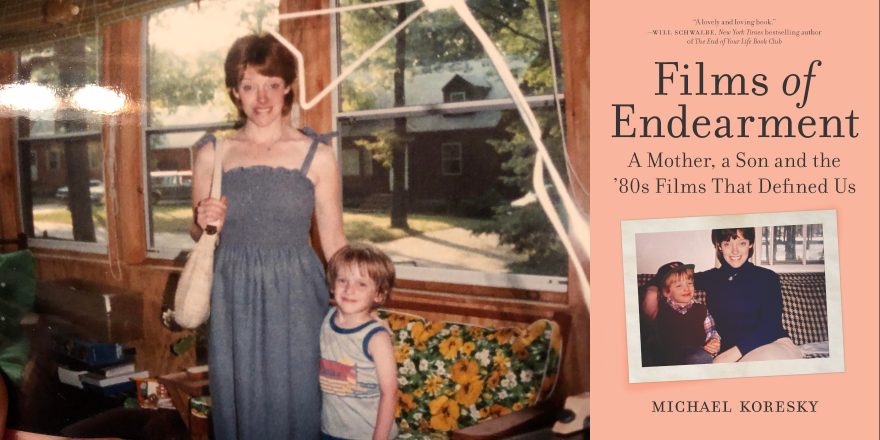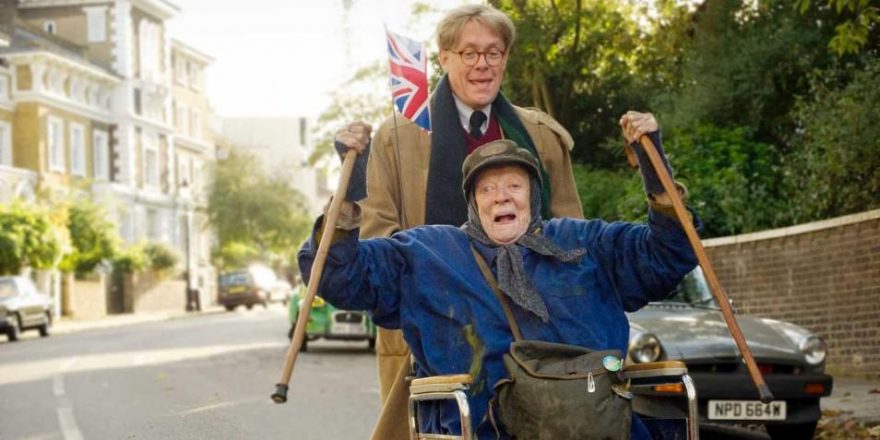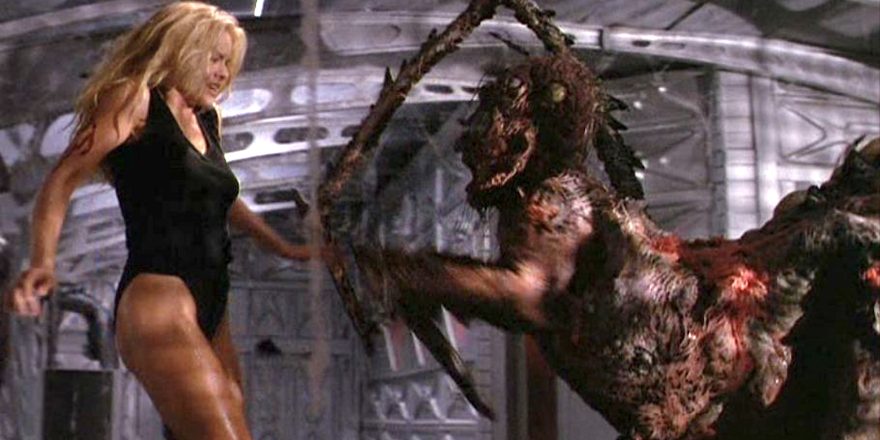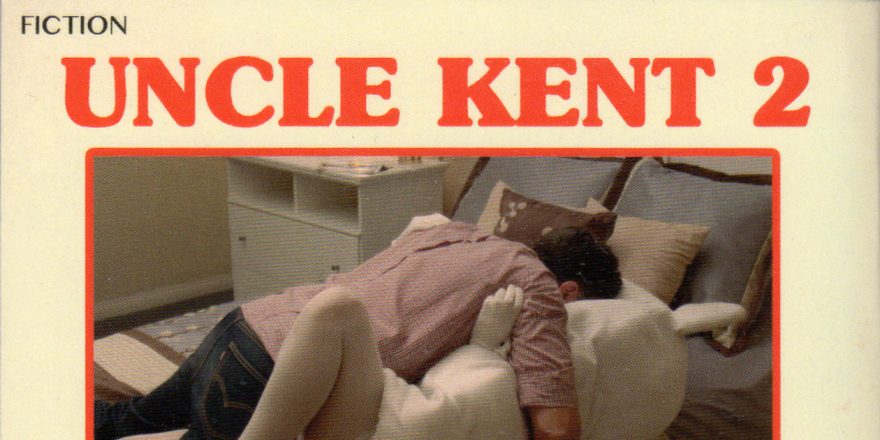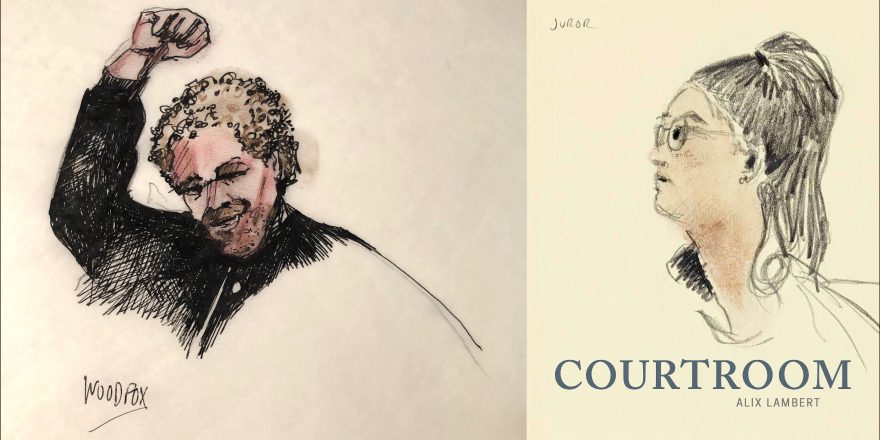It’s difficult to imagine I would have had the same feeling of idolatry toward cinema if not for my mother, who taught me from an early age that movies were not just entertainment. We both view movies as an essential art form, and this is reflective of a rare emotional and intellectual symbiosis that can make our familial bond seem more like a friendship. Art can nourish one’s soul, but it can also encourage shared values and mutual trust — and, perhaps most importantly, it can challenge us to think past our presumptions about what is right and what is wrong, what is good and what is bad. Art, even popular art like film, engenders the kind of nuance that is missing from our daily news briefings, our politics, our personal crusades. Art also creates a form of communication, gives us the chance to talk about things we may not be as open or willing to talk about as they apply to “real life.”
I have long suspected that having this attachment with my mother made coming out of the closet in my early twenties easier than it might have been, and easier than it must be for many others — even though nothing so emotionally loaded as revealing one’s true self can ever be easy. Without movies, who knows where or who I’d be.
Movies taught us both to look at the world with a humane curiosity. The emergence of my truer self seemed to converge rather than conflict with her needs as a parent. The relationship between a mother and her gay son comes with its own strange ligature, after all. The bond is strong, formed by millions of indefinable tiny molecular and cultural determinants. It’s unbreakable, mysterious, bone-deep. It’s also reliant on a kind of willful ignorance: a sense that we know each other so ineffably well that we have no need to dig deeper, to fully understand one another as individuals making their way through the world alone. In a way, queerness — which exists in interdependence and conflict with the long-held structures of the heteronormative world — necessarily keeps such a parent-child relationship at a remove. But that should never stop us from looking for and at one another.
So much of what I have long known about my mother is from anecdotes connected to movies. I know she busted open her mother’s piggy bank in 1959 to steal enough pennies to go see Ben-Hur for the second time — and got caught. I know that on her first date with my father in 1968, while eating dinner before seeing Barbra Streisand’s much-anticipated movie debut in Funny Girl, she spilled an entire plate of steak tips and gravy onto her pale pink dress — and proceeded to hide the dress in the closet from her mother. I know that in 1982, when I was three, she and my father went out with friends to see the horror movie Poltergeist — which features an infamous scene in which a man rips big fleshy chunks of skin off his own face — and made the near-fatal mistake of tucking into a big pepperoni pizza dinner beforehand. It was only when my mother turned 70, and I was on the cusp of 40, that I realized I wanted to know more.
Her husband of 41 years, my father, had died seven years before. He had early-onset Alzheimer’s, his mind first showing signs of decline in his midfifties, when I was still in college. He was so young when he got sick, and the nature of his disease was so prolonged, that I never had the chance to truly get to know him, one adult to another. Stories I have heard from his past remained hazy. Of course I can remember him vividly as a dad, as the jovial traveling salesman who helped raise two sons, but the person — the human being independent of his parenthood status — is an abstraction, an amalgam of secondhand information.
My determination to never let that happen with my mother came because of movies. Of course it did.
One chilly October night in 2018, while I was visiting home, the two of us were in the dining room, eating takeout from the preferred Cantonese-American restaurant of my youth, the amusingly, dubiously named Hong & Kong. Unhealthy fried delights scattered the table. She was nibbling, I was devouring; I used chopsticks, my mother a fork. A merlot was uncorked. There have been few simpler pleasures in life than opening a bottle of wine — a single glass for her, more than that for me — and talking at the dining room table with her as evening gives way to night. These days, alone together in that house, as the shadows outside grow long, it can feel like we’re the only ones in the world.
Dinner conversation turned, as it always does, to movies. Leslie is always thrilled to animatedly express disgust at the latest aging actress who has noticeably had “work done,” or to sing the praises of some Jennifer Aniston rom-com she’s watched for the seventh time — but she’s also apt to rummage through her cinematic past with meditative rigor. We started discussing films she grew up with, talking about the differences between distinct movie eras. Out of curiosity, I asked her which decade stands out as her favorite.
“The eighties,” she responded, barely missing a beat, before taking a sip of wine.
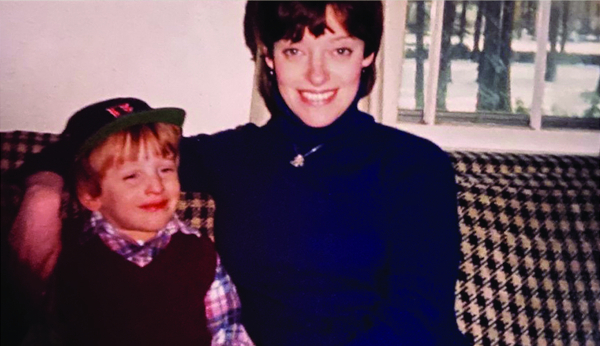
I fully expected my mother, who was born in 1948, to respond that the 1950s were her personal favorite. After all, that was the first full decade of her life, and the one in which she was introduced to the movies — an era of widescreen epics and glamorous movie stars in full Technicolor. Also I knew many of her favorites are from that epochal stretch of American moviemaking, from Singin’ in the Rain (which her mother took her to see when she was four) to The Ten Commandments (a corny epic today, but a special-effects marvel then) to Some Like It Hot. Or I might have guessed she’d pick the 1960s, because that’s when she was in high school and college; when she opposed the Vietnam War, started hating Nixon, fell in love with my father, and saw The Sound of Music, The Graduate, Funny Girl, and Rosemary’s Baby, none of which have ever left her. Or perhaps she’d go further back, to the 1940s, because, well, it’s the 1940s, when Golden Age Hollywood was at its incontestable height; when Bette Davis and Gregory Peck and James Stewart and Ingrid Bergman and Claude Rains and Rita Hayworth were doing most of their greatest work; when “talkies” were not even two decades old, but cinematography, sound and performance style were working in complete tandem to create a perfect world unto itself, the “Dream Factory” at its dreamiest.
That she immediately seized upon the 1980s came as a surprise. I asked her why this decade, which is not generally regarded as a high-water mark for the art of cinema, especially in the U.S., and which is perhaps cited more by today’s nostalgia-drenched thirty- and forty-somethings, continues to capture her imagination. She replied, with almost teary eyes, that this was the first full decade of being a mother and raising young children. It was also when we first bought a VCR and she was able to watch movies whenever she wanted — a true revelation, we shouldn’t forget. More importantly, she could also share them with her family. “One of my great joys,” she told me, “was going to the video store every Friday night and picking up a stack of movies for the weekend.”
I remember these trips with longing, especially now that video stores have gone the way of the dodo. Our town’s stores came and went over the years, and had ridiculous, grandiose names — Video Paradise, Video Thunder — but going to each was for me a constant thrill. The already fading brown carpet, the vaguely musty smell of videocassette tape, the blue-and-yellow microwave popcorn tubs offered as last-minute impulse buys, the rows and rows of enticing movie boxes, everything designated so succinctly: the sought-after new releases you were lucky to grab, the older comedies, dramas, horror and sci-fi movies — not to mention that creepy back room I was never allowed to enter. It was all possibility. Somewhere in that store was something that could potentially change my life. And often all I had to do was hold a box up to my mother and ask her what it was. She almost always knew.
I realized this dinner discussion was making her wistful, so I changed the subject. I often do that when something seems like it’s getting too intimate. I’m all too willing to give myself over to movies that I know will be emotionally difficult; for me, crying at movies is one of life’s great catharses. Yet I would rather avoid such confrontations in life. Who needs an overdose of reality when you can vicariously experience a fictional character’s pain?
It was only from this conversation with my mother that I started to really think about the parallel paths of our lives and how those paths converge in revelation. There are many ways our experiences feel connected across decades, most dramatically that her father died when she was 28 — a year after my older brother was born — and my father died when I was 32, forever changing the landscapes of our lives at crucial points in our adulthood. But here I realized something else: her self-realization as a mother and the burgeoning of my self-awareness as a child were inextricably tied to movies, and how she taught me about the world, herself, myself, through their images.



